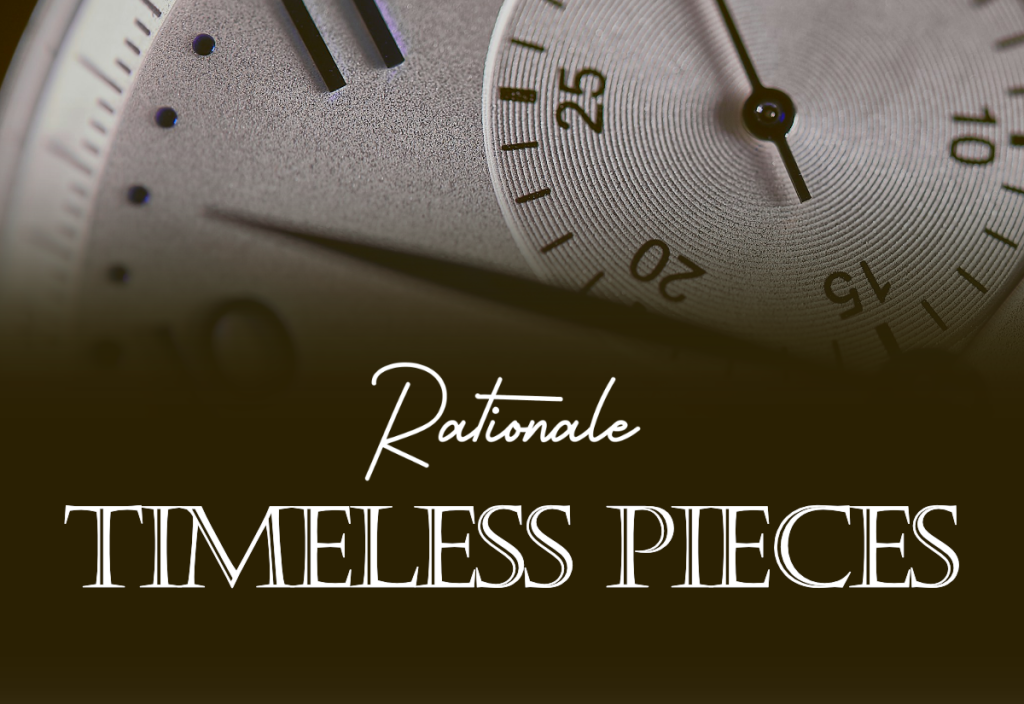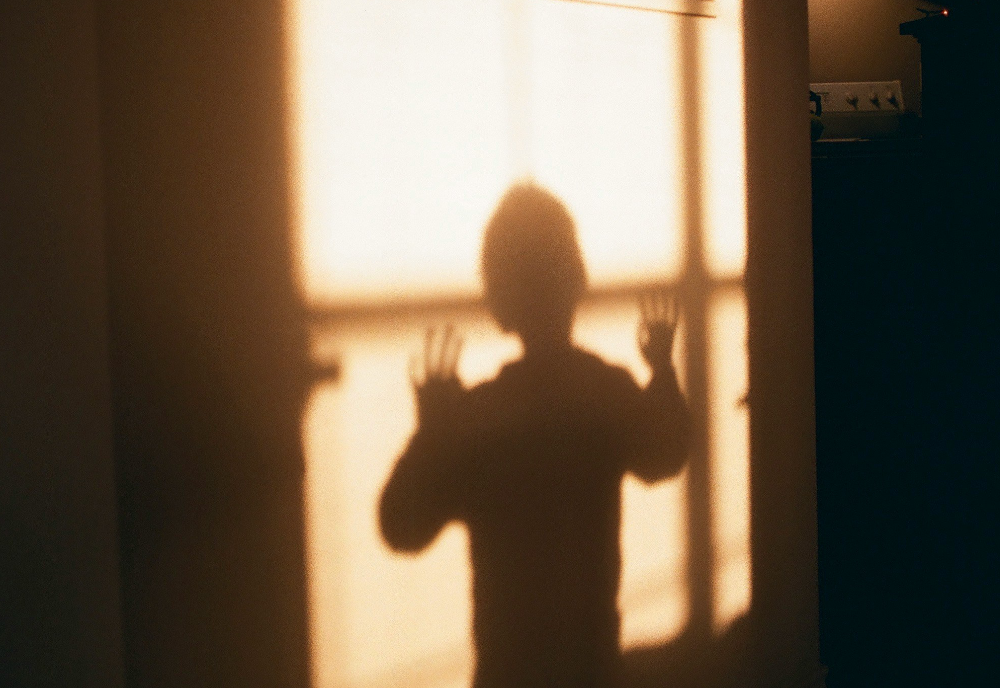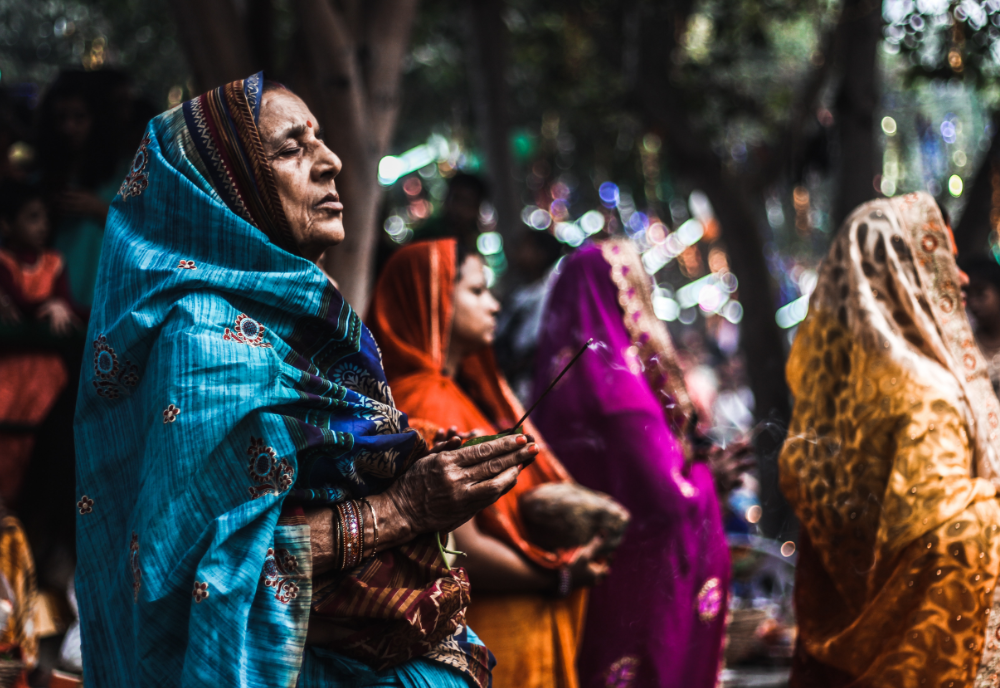There are few areas of media coverage more vexed and controversial than religion. So much so, it is far from clear why newspapers and television stations cover it at all. For journalists, it represents a daunting challenge to remain neutral and disinterested in an area where such a stance is all but impossible.
Barney Zwartz, former religion editor for The Age describes the problem. “Reporters often have to cover subjects they don’t know much about, and the quality of their work in these cases depends on the quality of their contacts,” he writes. “Religion stories suffer because most journalists have neither the experience nor good, familiar contacts. This is especially pronounced in television news, with their very small newsrooms. Time and again, they provide the most superficial and inane coverage, often missing important points. Most secular journalists are uncomfortable if they have to report on religion: they know it’s important to many of their audience and that the field is littered with banana skins. So coverage tends to range from supercilious and patronising to sycophantic.”
It is hard to escape the conclusion that the subject is, in just about every respect, a media ‘banana skin’. One problem is a simple decline in interest. According to the Rationalist Society of Australia’s study Religiosity in Australia, by Neil Francis, there is a growing indifference towards religion in the population. “Religious affiliation continues to decline. There are strong indications, including the predominance of greater religiosity amongst older generations, and no-religion (NR) amongst younger generations, that the decline will continue and possibly accelerate,” he wrote.
“On a range of factors that contribute to a sense of personal identity, Australians put religious beliefs well behind – in last place. Seven in 10 Australians (71 per cent) say that religion is not personally important, including around half of Catholics (49 per cent) and non-Christian denominations (48 per cent), nearly two-thirds (64 per cent) of Anglicans, and almost four in 10 of minor Christian denominations (39 per cent).”
Another factor is antipathy towards religion in some sectors of the community. Atheists tend to object to religious coverage of any type, especially from the public broadcasters: the ABC and SBS. That opposition is unlikely to get sustained media coverage, however, because it is based on a negation from which it is difficult to generate journalistic content. Instead, the coverage of atheism tends to be focused on parallel issues, such as scientists advocating theories that are rejected by some Christian groups (although not all) – the most notable being the Darwinism of Richard Dawkins. Or there is coverage of philosophers such as Daniel Dennett and Sam Harris who are prosecuting philosophical positions rather than just expressing their unbelief. Media figures such as singer Missy Higgins and journalist Tracey Spicer also get coverage for their atheism, but this has perhaps more to do with their celebrity status.
It is hard to escape the conclusion that the subject is, in just about every respect, a media ‘banana skin’. One problem is a simple decline in interest.
Agnosticism is inevitably given even less coverage because those espousing it tend to be undecided. That is hardly conducive to the creation of media stories.
Meanwhile, there is plenty of condemnation of the ABC coming from religious sources. Consider this comment in an article in Christian Today. “The acronym ABC (Australian Broadcasting Corporation) could as easily stand for the Atheist Broadcasting Corporation. Or perhaps Anti-Biblical Christianity. It is an incredibly secular, leftist and trendy network, pushing almost all the wrong ideologies. A good case in point is its ‘religious’ program Compass aired on Sunday nights. In the overwhelming majority of cases, it is either featuring programs bashing Christianity, or showcasing other religions in a very favourable light. We taxpayers are footing the bill for this anti-Christian agenda. It is becoming as tedious as it is appalling. Compass of course could show these attacks on Christianity at any other time during the year. But to deliberately place them at this most special of times in the Christian year shows what a bunch of anti-Christian bigots we have working at the ABC.”
Controversy does not just centre on the coverage of the Christian religion. Recent political furore over Islam has also resulted in great dissatisfaction being directed at the ABC. Stuart Lindsay, writing in the magazine Quadrant, conflates the coverage of religion with political agendas. “There can be no doubting that those who work for the ABC see themselves as exercising an important aspect of state power. They are no mere employees of a corporation; the strictures and standards naturally imposed on those who work for an entity that must be oriented to profitability to survive are never generated within the ABC. Those who work for the ABC understand that they are on the nation’s business, pursuing national objectives,” he wrote.
“The only religion given sympathetic … treatment by the ABC is Islam, and it is the only one with a substantial number of adherents actually at war with Western civilisation. In recent years our armed forces and security services have been confronting a savage Salafist strain of a religion that is medievalist in its outlook and customs; Muslim assassins have struck down civilians in Sydney; other attacks with a far greater potential loss of life have been thwarted. It is clear now that the attempt to integrate substantial numbers of Lebanese, Syrian and Afghan immigrants and refugees has been radically unsuccessful.”
Coverage of other religions tends to be less controversial. Many Jewish figures have objected to the ABC’s coverage of Israel and the Middle East, especially the former federal Labor MP Michael Danby, who in 2017 funded an advertisement in the Australian Jewish News accusing then ABC Middle East correspondent Sophie McNeill of being biased in her reporting of Jews and Palestinians. But this appears to be more a matter of geopolitics than religion.
Coverage of Hinduism, which has 440,000 adherents in Australia, tends to be minimal, but there is often criticism of what there is. In 2018 the Hindu Council attacked the ABC for a radio program it claimed was biased against Hindus although this, too, seemed to be more about contemporary politics than religion. Hindu Council of Australia’s national president Prakash Mehta, accused the radio program’s host, Phillip Adams, of being “ignorant of India’s history, its great achievements and of playing into the hands of disgruntled communal Indian politicians.” He also objected to “Hindu bashing evident in the broadcast.”
Dissatisfaction with the ABC has also spilled over into legal stoushes involving clerics. Professor Greg Craven, formerly the vice-chancellor of the Australian Catholic University and Professor of Law at the University of Notre Dame Australia, accused the ABC and police of ‘polluting’ the legal atmosphere around Cardinal George Pell’s Victorian trial, where he was convicted (Craven’s comments were reported on the ABC). When Pell’s conviction was quashed, Craven claimed ABC journalists and “a large group of the ABC” did “its very best to be part of the cheer squad that made [the conviction] happen”.
“What it shows is if you are hated enough and if you’ve got enough of the media against you and enough of the state authorities against you, it becomes very hard to get a fair trial,” Craven told reporters after the High Court verdict.
Faith in the ABC
Given that it is, on the face of it, a no-win situation, why does the ABC cover religion at all? There is no reference to religion in its charter, although it could be considered to be a sub-category of the requirement to cover ‘community sectors’, ‘the cultural diversity of the Australian community’, ‘the multicultural character of the Australian community’ or perhaps ‘education’. But whereas there is an explicit requirement ‘to encourage and promote the musical, dramatic and other performing arts in Australia’, there is no mention of religion.
Commentator Annabel Crabb has written (on the ABC’s website) that 60 per cent of Australians would prefer that people keep their religious views to themselves. Crabb writes: “This was a view held most strongly, as you might imagine, by non-religious respondents, of whom 73 per cent wished not to hear the religious views of others. But even a slim majority of Catholics – 53 per cent – agreed that it was better to keep religion a private affair. Protestants were more inclined to support full disclosure; only 39 per cent of them felt religious views should be private. And people from other faiths were divided on the question: just shy of a majority – 47 per cent – agreed religion should be a hush-hush affair.”
Why is this desire for privacy not respected by the ABC? One reason could be the application of a standard journalistic method: religion is a subject that attracts controversy and garners attention; conflict creates an audience.
Another possible reason is that because it is an area getting less coverage elsewhere in the mainstream media it affords the ABC with a niche. Zwartz comments that when he began covering religion for The Age in 2002, the Sydney Morning Herald and The Australian both had highly capable religion reporters, and the ABC had a large and active religion department. “By the time I finished 12 years later, both the other papers had long been without religion reporters and the ABC had begun its radical truncation of its coverage, which is still ongoing. Most news organisations, if pressed, will readily admit they can no longer cover many stories they once would have thought important, and religion is merely one of the casualties.”
The most likely reason for the ABC’s interest, however, is that it is not really covering religion at all, but rather the politics of religion – a kind of credal analogue of the Canberra gallery, or State political rounds. Media scholar Enqi Weng comments in her article Through a National Lens Darkly: Religion as a Spectrum, which is based on a study of the ABC program Q&A, that when religion is invoked in Australian sociocultural and political negotiations it “tends to be politicised, predominantly through institutionalised, racialised and gendered perspectives”. Media coverage of religion is really following those political developments, not the religions themselves. This is hardly surprising given that in most cases the core positions of the religions have not changed for thousands of years.
“Since the events of 11 September 2001, reporting on religion, and particularly on Islam, has gained new prominence in the media, globally and within Australia, despite the assertion of the secularisation thesis that it would fade from social and public significance,” Weng writes.
In her examination of discussions about religion on Q&A, Weng found that they were primarily represented by, and constructed using, Catholic and atheist perspectives from white middle-class men. Islam was considered a topic of interest “but there was far less Buddhist and Jewish representation, and no mention of Hindus or Hinduism whatsoever.” She noted that there was some agnostic representation, and representation of those who expressed ambiguity in their religiosity/non-religiosity.
“Broadly, while references to major religions were mostly neutral, they tended to be negative rather than positive when they occur. By contrast, references to non-religion were exceedingly positive, such as through the sacralisation of political parties, the environment, democracy, humanity, the economy and historical artefacts as some examples. This understanding of religion only partially reflects the religious condition in Australia and is not fully representative of it in its substance and nuance, nor breadth and depth.” Weng adds that, in terms of religious demographics, Australia, along with many other Western societies, is becoming “increasingly non-religious and religiously diverse concurrently”.
The views from the pews
A focus on the politics of religion, rather than the religion itself, tends to mean that senior religious figures who wield the most political influence are targeted for comment. Francis writes: “Even though coverage of religion in Australia’s mainstream media is said to have diminished in recent years, clearly heads of religious institutions still manage to get their views in front of the public, as well as legislators and governments. Australia’s religious right is ramping up its efforts to strongly influence debates in the public square by loading political parties – especially the conservatives – with ‘traditional’ religious MPs. As the Australian public becomes less religious, parliament has become more so. The extent to which clerical and lobbyist claims represent the actual opinions of real, ordinary religious and other Australians is contentious. For example, many Catholic Australians who do not actively participate in their religion send their children to Catholic schools.”
Francis questions the closeness of the connection between the public positions expressed by religious leaders and their followers. “Conservative religious opposition is particularly visible regarding matters that have been the subject of public debate and legislative change in recent years. Clerics often speak in the media against such reforms, but the degree to which they represent the views of their flocks – actual voters – has been generally not well understood.”
Francis says one example is the public attitude to abortion. “More than two-thirds of Australians support abortion availability on demand (70 per cent). That includes a majority of religionists: 61 per cent of Catholics, 64 per cent of Anglicans, 58 per cent of Uniting/Methodists and 81 per cent amongst non-Christian denominations. Only amongst the minor Christian denominations is on-demand support in the minority, but even then nearly half (44 per cent). Nor is support for abortion choice in decline. Since 2007, the proportion of Australians who say that abortion should be readily available has increased, mostly amongst NRs (No Religion) and Catholics. Therefore, any statement by clerics about a seeming decrease in pro-choice attitudes is misplaced.”
Voluntary assisted dying (VAD) also enjoys strong support in the community, according to Francis, despite objections on religious grounds. “In 2019, 80 per cent of Australians were in favour of legalised VAD choice, including most Nones (92 per cent) and non-Christian denominations (96 per cent), three quarters (74 per cent) of Catholics, four out of five Anglicans (78 per cent) and Uniting/Methodists (81 per cent), and nearly half of minor Christian denominations (48 per cent). Those opposed to VAD were in a small minority, 9 per cent overall, 3 per cent of Nones, 15 per cent of Catholics, 12 per cent of Anglicans, 5 per cent of Uniting/Methodists, and 20 per cent of minor Christian denominations.”
Francis’ analysis suggests that any coverage of religion should be broadened to include the opinions of the laity. “Religion in Australia is considerably less prevalent than indicated by the census and as claimed by clerics. The incidence of religion has dropped considerably in recent years and the indications are that the drop will continue, if not accelerate. Furthermore, even those who say they are affiliated with one or other denomination mostly disagree with their clerics on a range of social issues such as abortion, VAD, and marriage equality, and few are even certain about fundamental tenets of their religion, such as the existence of God, heaven, hell, religious miracles, and life after death. It’s important to distinguish between the views of the religious hierarchy, especially of the Catholic church, from its lay flock. It is mostly bishops, rabbis and mufti who espouse highly conservative views, while the views of their flocks are significantly more progressive and clearly disagree with organisational doctrine. These are matters of great significance as legislators and governments develop and refine policy regarding religious matters.”
Politics and authority
The conflating of religion and politics tends to be considered questionable, notes religious studies academic Leslie Dorrough Smith. “Using religion to support one’s political interests is generally viewed as a negative thing that represents the hijacking or twisting of religion. From a scholarly perspective, though, all forms of religion affect society in some way – even if those outcomes are deemed undesirable or unethical by certain groups.”
Dorrough Smith argues that most areas of life can be given a religious dimension. “This is not because there are topics that are specific or unique to religion, but because of what happens to the authority of a claim when religious language is used. In other words, when people use religious speech, their authority is often perceived to be heightened. Taking this approach to religion doesn’t mean that all religious claims are factually true or ethical. It also doesn’t mean that the people who use religious language are insincere or even wrong. Rather, the function of religious speech is to amplify the authority of an idea through appeals to seemingly unquestionable authorities, like deities and ‘ultimate truths’.”
Such appeals to authority will of course only work with those who share the beliefs; they will have the opposite effect on non-believers. Francis’ research also suggests that even those who do broadly share the beliefs often have different views to their own clerical authorities.
The most intractable problem with the media’s coverage of religion is that the tenets of mainstream religions rarely, if ever, change. This is anathema for journalism; change is a precondition of newsworthiness. So the most important parts of the religion for adherents, especially the metaphysical claims, are never going to be of interest to media outlets. For example, Christian claims about the Trinity, Muslim claims about Mohammed’s meeting with an angel or the Four Noble Truths of Buddhism are never going to lead to news coverage because there is never going to be anything new.
The most intractable problem with the media’s coverage of religion is that the tenets of mainstream religions rarely, if ever, change. This is anathema for journalism; change is a precondition of newsworthiness.
Instead, the media focus inevitably tends to be on what might change: mostly the moral issues of the day and what takes precedence in public life and law. The implication is that neither the religious, nor critics of religions, benefit much from media coverage.
Zwartz points to a lack of general public literacy. “A football reporter does not have to say who the Collingwood club is, nor does a political writer have to define the Labor Party. I always had to write stories on two levels, making them accessible to untutored readers yet accurate and precise enough not to offend those deeply engaged in the issue. I had to explain context and possibly terms and descriptions as well as the story itself in a few hundred words. Stories about internal conflicts within churches usually had to be explained along the political conflict model, with winners and losers. Theological debates and issues of conscience were shoehorned into the same model, or were otherwise likely to seem alien, and too hard.”
This article was originally published in the June 2021 edition (vol. 121) of Australian Rationalist.
Photo by Roman Kraft on Unsplash














